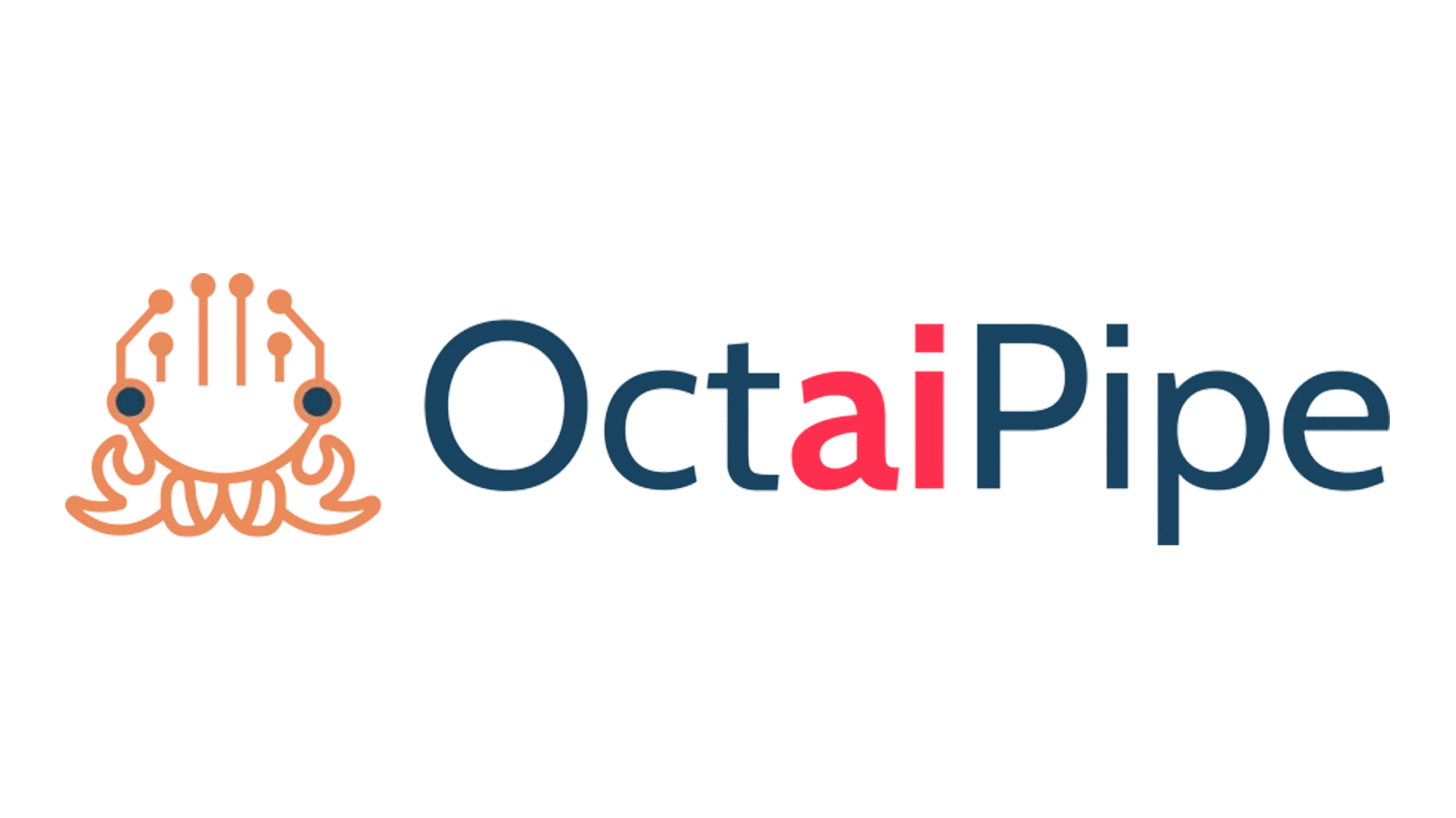A recent report from the Gartner’s CIO survey, outlined that the number of organisations that decided to implement their processes with Machine Learning or Artificial Intelligence practises, grew by 270% over the past four years (Gartner, 2019).
Moreover not only more and more CIO are investing in the optimisation of their processes but as the return on investment (R.O.I) from AI and ML has been demonstrated, they are doing it for a valid reason.
These relatively new technologies have huge potential to increase efficiency, optimise processes and returns and positively impact almost all aspects of business and life in the years to come.

Yet, there has been widespread questioning of the value ML and AI in real-world applications, due to a certain ‘brittleness’ of models and a lack of robustness on live data. In conjunction with this, the comfort of top decision-makers with this technology is low. An O’Reilly Media study on The State of Machine Learning Adoption in the Enterprise found that only 15% of the executives interviewed said they considered themselves mature adopters of cognitive technologies (O’Reilly)
A 2020 research from Accenture demonstrated the scale of the opportunity facing organisations.
The report found that those organisations that are moving successfully from Proof of Concept (PoC) projects to deployment of machine learning at scale are seeing an 86% ROI, while those stuck in the PoC cycle see only a 32% return. Despite this, many sectors have been and continue to be relatively slow to adopt.
Companies often get trapped carrying out PoC projects, experimenting and developing models with teams struggling to develop solutions, gain stakeholder buy-in, and move forward to production. According to recent research, 80-85% of companies are stuck in this situation (Accenture, 2019).
Organisations that find themselves caught up in this situation, usually conduct ML & AI experiments but achieve a low scaling success rate and a low R.O.I. This is generally because they are not grounded in measurable business objectives, which makes their direction and impact unclear. In such cases, projects tend to be siloed within a single department or team and to be IT-led, rather than multidisciplinary.
Ultimately, such endeavours fail to extract value from data, resulting in significant under-investment by stakeholders and low returns.
So how do organisations successfully break out of the PoC cycle?
- Firstly, it is crucial to establish clearly defined use cases, goals, KPIs, and an idea of the expected ROI before undertaking any project.
- Secondly, there must be signposted development pipelines to promote solutions. This requires regular evaluation.
- Thirdly, it will come as no surprise that short development cycles and agile methodologies are advantageous. However, this must involve close collaboration and communication with domain experts and product owners, both within development stages (PoC to MVP deployment), and between them. Short development cycles, evaluation against KPIs, and clear communication and demonstration of value should be the core strategy, rather than monolithic projects. It is also important to clearly understand the boundaries between R&D and product development functions of the business, and when to transition solutions between them.
- Finally, we feel that it is wise a ‘cheap learning, not (always) deep learning’ philosophy. This is to say, where possible, understand what are your acceptable levels of error, and look to develop the ‘cheapest’ models to satisfy this. Such models are cheap because they are not data, storage, compute, or time hungry.
How can TDAB help?
As machine learning experts, T-DAB understand the value of deploying machine learning at scale and the challenges that accompany this. Building on our combined expertise of data scientists, data engineers, and cloud solution architects, we have developed an end-to-end adoption framework to take you seamlessly from ideation to prototype, through to production at scale.
Our value-oriented approach means we focus on rapid, quantifiable machine learning development to deliver demonstrable results back into your business. Leaning on our experience with this process, we also ensure that you extract hidden value from insights that spill out as a by-product of the ML development process. We have proven our approach across industry, helping our clients to understand their data and how to apply advanced data science theories to unlock the benefits.




